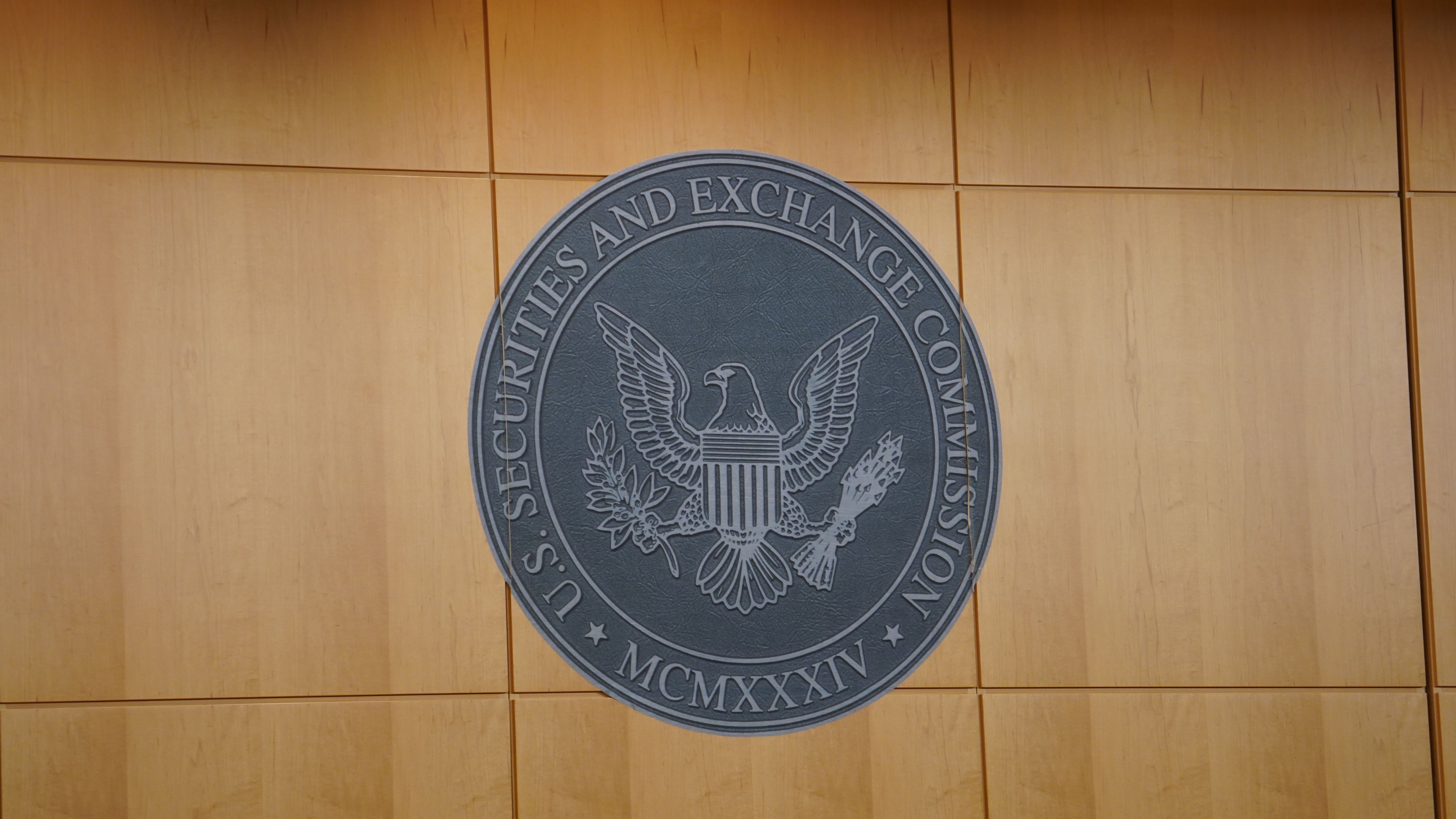
Innovating the SEC: Strategies for Financial Regulation
A former SEC attorney outlines key strategies for the SEC to adapt and embrace innovation in the financial sector.
The U.S. Securities and Exchange Commission (SEC) has been a major player in financial regulation, yet its future effectiveness hinges on its ability to proactively nurture innovation.
For close to a century, the SEC has kept pace with changing markets and technology, primarily aiming for transparency and investor protection. However, a recent trend suggests its once solid foundation may be weakening, especially regarding its stance on cryptocurrencies and blockchain.
Important Notes
Tuongvy Le, a former senior SEC attorney, spoke at a recent conference about how the agency can adapt to foster financial innovation. Here are some of the insights shared:
- Revise the SEC’s Mandate: Amending the Securities Exchange Act of 1934 to explicitly promote innovation in financial markets.
- Rethink Success Metrics: Measuring success beyond enforcement actions, considering capital formation and investor trust as key markers.
- Create an Innovation Office: Establish a dedicated team that collaborates with innovators, akin to practices in the U.K. and Singapore.
- Adopt Risk-Based Regulation: Implement pilot programs and regulatory sandboxes for testing new financial products under supervision.
- Invest in Staff Training: Equip SEC staff with knowledge on emerging technologies to ensure they are well-prepared to regulate effectively.
These methods are not just theoretical; they are proven strategies from the SEC’s history. As a new wave of investors and innovations emerges, the SEC has the opportunity to lead or be relegated to relic status. The ability to adapt has always been its strength, and so it must continue to evolve, not only for present challenges but also for future ones.
